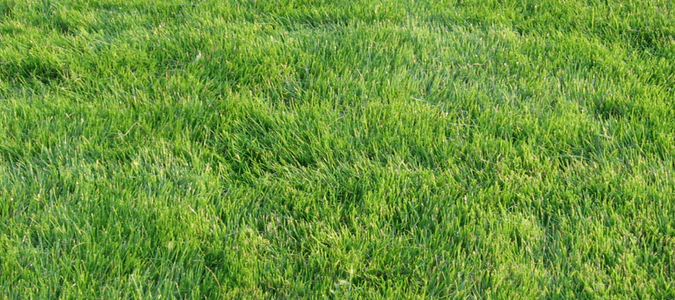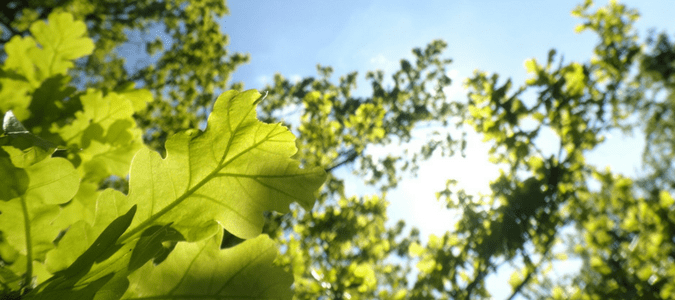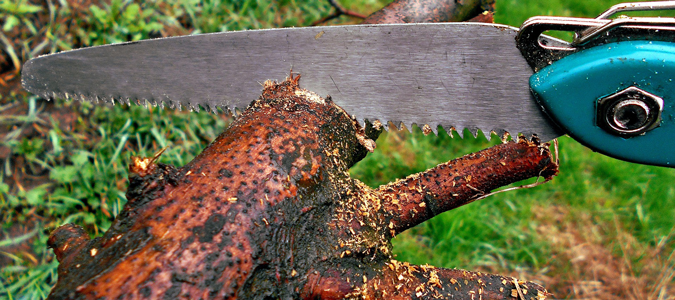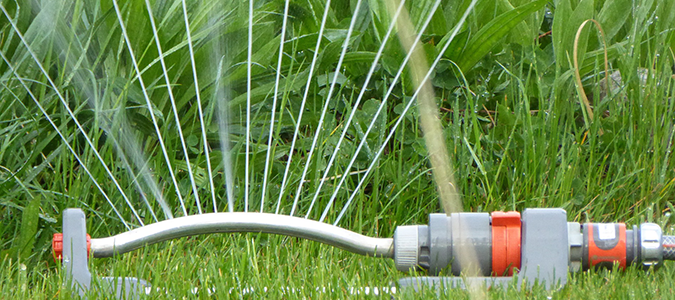Check Out ABC’s Ultimate San Antonio Lawn Care Guide [FREE DOWNLOAD]

Keeping your grass, plants and trees healthy and well-maintained can be a challenge. First, you have to have the time to dedicate to your lawn. You also need to make sure you have the right equipment and that it is all in working order. Finally, you need the expertise to know which types of plants work best in which environments, how often to water and how to spot signs of lawn pests and diseases. For homeowners in southern states, the warm climate, lack of rainfall and intense sun make it even more difficult to care for your outdoor spaces.
ABC’s Ultimate San Antonio Lawn Care Guide
ABC Home & Commercial Services is dedicated to making homeowners’ lives easier. Our team of lawn care technicians, landscaping experts, pest control pros and sprinkler system specialists have compiled their best advice and tips into the Ultimate San Antonio Lawn Care Guide. This 8-page downloadable PDF resource includes sections on:
- Lawn Care Seasonal Calendar
- What … Read Full Post »








